Ask Your Dentist if Nanos are right for you! – Part 3: 'Chips', 'Crystals' & 'Mesogens'
Investigations of Dental Anesthetics under the Microscope Part 3
(Sample: Mepivacaine Carbocaine)
In Part 1 we looked at Hydrogel Nanocapsules and Colloidal Molecules, and in Part 2 we looked at Nanofibers and Nanofilaments that I found in 8 Dental Anesthetics by Septodont.
Now we will look at a few Nanocrystals which look suspiciously like ‘Chips’ with complex Nanoparticle interiors.
Remember that these structures are liquid-based (Wetware) Nanoparticle technology. Dr. David Nixon was one of the first to discover these complex structures in injectables (including Dental Anesthetics) that develop increasingly into more complex structures over time. Some of his ‘Chip’ images and videos have gone viral. The ‘Chip’ with the round bit sitting on top is a specific type which Dr. Nixon has captured a lot. Here’s one:
Now, let’s look at some of my images:
I call this photo: “Would you like your beverage with or without Nano ?” – Hydrogel forming crystals. (Sample: Marcaine-Bupivacaine)
Below is a video (in real time) of the self-propelled, self-assembling energy of the Hydrogel Nanotech material at the edge of the cover slip forming Chip-like structures. What allows this movement outside of the vial? Light? Nearby Wifi radiation? Temperature? Pressure under the cover slip?
Sample: Lidocaine
Sample: Mepivacaine Carbocaine
Here’s a close up:
This formation of ‘Chips’ with the corner cut out, is very common as well. (Sample: Mepivacaine Carbocaine)
I call this photo: “Nano in the Sky with Diamonds” - (Sample: Citanest Plain–aka Prilocaine, Expired 2020)
Mesogens
Nanocrystals come in other, indeterminant ‘chunky’ shapes as well: Mesogens are Liquid Polymer Crystals with characteristics including electro-optical and magneto-optical properties. They are found in technological devices, like Liquid Crystal Displays (LCD) screens which have been around since 1968. In the case of injections and the blood, Dr. Ana Mihalcea and Dr. Hildegarde Staninger have done extensive research into these Mesogens as being self-assembling Liquid Crystal DNA Biosensors.
I have seen Crystals like these below in many products, water samples and Anesthetics, but I previously dismissed them as being minerals, ingredients or non-specific contaminants (and they might be.) But upon closer observation, and viewing Dr. Ana’s latest interview with Dr. Sandy Corlett, I am including them here as suspect Mesogen Crystals.
Mesogen? (Sample: Mepivicaine-Carbocaine)
Mesogen"? with Hydrogel Nanocapsules and Nanofilament (Sample: Articane)
Mesogen? with Nanofiber/Filament (Sample: Articane)
Mesogen? I call this photo: “Origami Capybara with Nanofiber and George Washington Spirit Guide”. Also Notice the ‘X’ in the Crystal. (Sample: Mepivicane Carbocaine)
Compare the above photo to an actual baby Capybara baby – just to brighten your day!...(©Getty Images)
Now, back to those Nanos….
Mesogen ? with Hydrogel Nanocapsule followed by a trail of Colloidal Molecules. I call this photo: “Nano UFO hurling through the microspace”. (Sample: Marcaine Bupivicaine)
I call this photo: “Self-Juggling Mesogens” (Sample: Citanest Plain, aka Prilocaine)
“Mesogen, meet Mesogen” (Sample: Citanest Plain, aka Prilocaine)
Dental Robots?
Nano technology in local anesthesia
A future nanotechnology based local anesthetic suspensions will consist of micron size millions of active analgesic ambulating dental robots suspended in a colloidal suspension. These hi-tech anesthetic suspensions when in contact with tooth surface or gingiva will reach the pulp resulting in temporary and reversible shut down all the sensitivity or pain in the tooth specific to the area of interest that requires the treatment. Nanotechnology based anesthetic suspensions will exhibit a remarkable property of being able to be remotely controlled by dentist by an on-board computer which can be restored or reversed at any moment when the procedure will be finished.
https://ncbi.nlm.nih.gov/pmc/articles/PMC6009154/
…..“a future nanotechnology” ??
Are these ‘Chips’ and ‘Crystals’, and Mesogens’’ part of the Drug Delivery System, or could they be Biosensors collecting and transmitting data about your body?
Let’s take a look at this paper, which covers a wide range of Nano Biosensors from 2020:
https://www.mdpi.com/1424-8220/21/4/1109
2. Biosensor
2.1. Design and Principle
A biosensor is an integrated receptor-transducer device, which can convert a biological response into an electrical signal…the wide range of biosensor applications, such as health care and disease diagnosis, environmental monitoring, water and food quality monitoring, and drug delivery…The electronic component detects, records, and transmits information regarding a physiological change or the presence of various chemical or biological materials in the environment.
So take note that “environmental monitoring, water and food quality monitoring” means that there are Nanobiosensors already (gone rogue) in ecosystems and the water and food supply. According to this document, nanobiosensors first came on the scene in 1999.
Figure 2. Schematic diagram of typical biosensor consisting of bioreceptor, transducer, electronic system (amplifier and processor), and display (PC or printer) and various types of bioreceptors and transducers used in the biosensors are also shown…A transducer is defined as a device that can convert energy from one form to another… (via electrochemical, electronic, optical, gravimetric, and acoustic [methods] ).
Nanomaterials (NMs) employed in the fabrication and nanobiosensors include nanoparticles (NPs) (high stability and high carrier capacity), nanowires (NWs) and nanorods (NRs) (capable of high detection sensitivity), carbon nanotubes (CNTs) (large surface area, high electrical and thermal conductivity), and quantum dots (QDs) (color tunability).
2.5.5. Nanoparticle-Based Biosensors
NMs can act as bioreceptors as well as transducers…Due to their effective transduction capabilities, different inorganic materials, such as graphene and CNTs-based NMs, noble metal NPs, and QDs, have successfully been used as transducers.
Biological sensors: Biological sensors monitor biomolecular processes, such as antibody/antigen interactions, DNA interactions, enzymatic interactions, or cellular communication processes.
While this particular Paper on Biosensors does not specifically mention Dental Anesthetics, other pharmaceutical injections, nor Nanochips, we do know that Nanotechnology along with Wireless Data Transfer and the use of AI is used in Precision Oral Medicine (which is based upon Nanotech, DNA, Wireless transmission and AI). Often these journal papers and diagrams only show the visible Hardware of this technology, but we know that the Nano is also in the body.
https://www.ncbi.nlm.nih.gov/pmc/articles/PMC7748088/
https://pubs.rsc.org/en/content/articlelanding/2020/tb/c9tb02352f
Here is that Mepivacaine Carbocaine sample with the Mesogen(?) Crystal birthing Nanocapsules.
What do we do if we need dental work done??
I get this question asked of me almost every day! We are still looking for a “Clean” product. If any solution is found, I will post it!
Meanwhile, I brush my teeth with a mixture of activated charcoal, sea salt, bentonite clay, and essential oils of lemon and clove to help deconstruct some of the Hydrogel in my mouth that I may have consumed.
In Part 4 in this Dental Anesthetic Series, we will look at Nano SMART Cities and Crystalization Patterns.
Stay Free! Stay Human! Thank you!
Un-Hackable Swag!
Meanwhile, if you are an Un-Hackable Animal yourself, consider becoming a Founding Subscriber and receive one of my original Un-Hackable Animal designs embroidered on a baseball cap or knit cap, printed on a T-shirt or a large Bumper Sticker as my Gift to you, or just visit my Etsy shop (Yes, I Know Etsy is evil….working on another storefront!) to purchase for yourself, and find other original anti-transhumanism, pro-human and sovereignty gear that supports my work. Thank You!

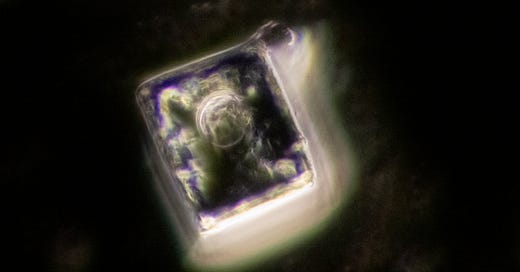





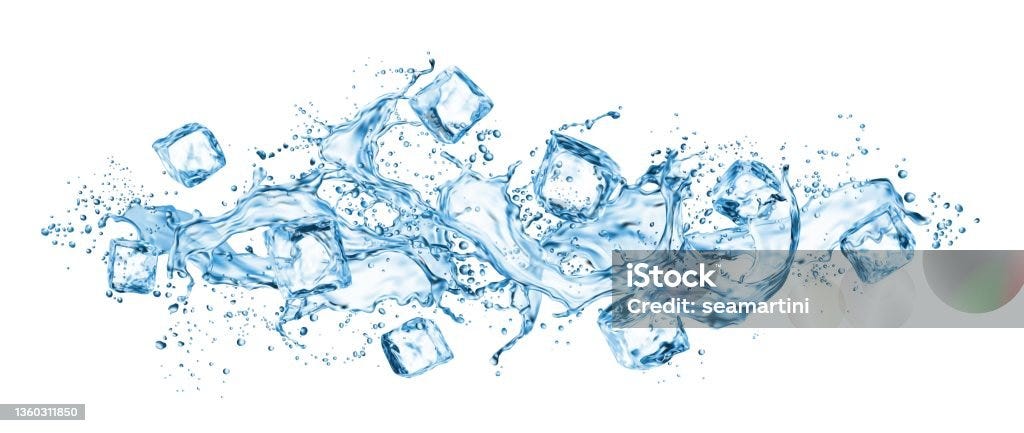
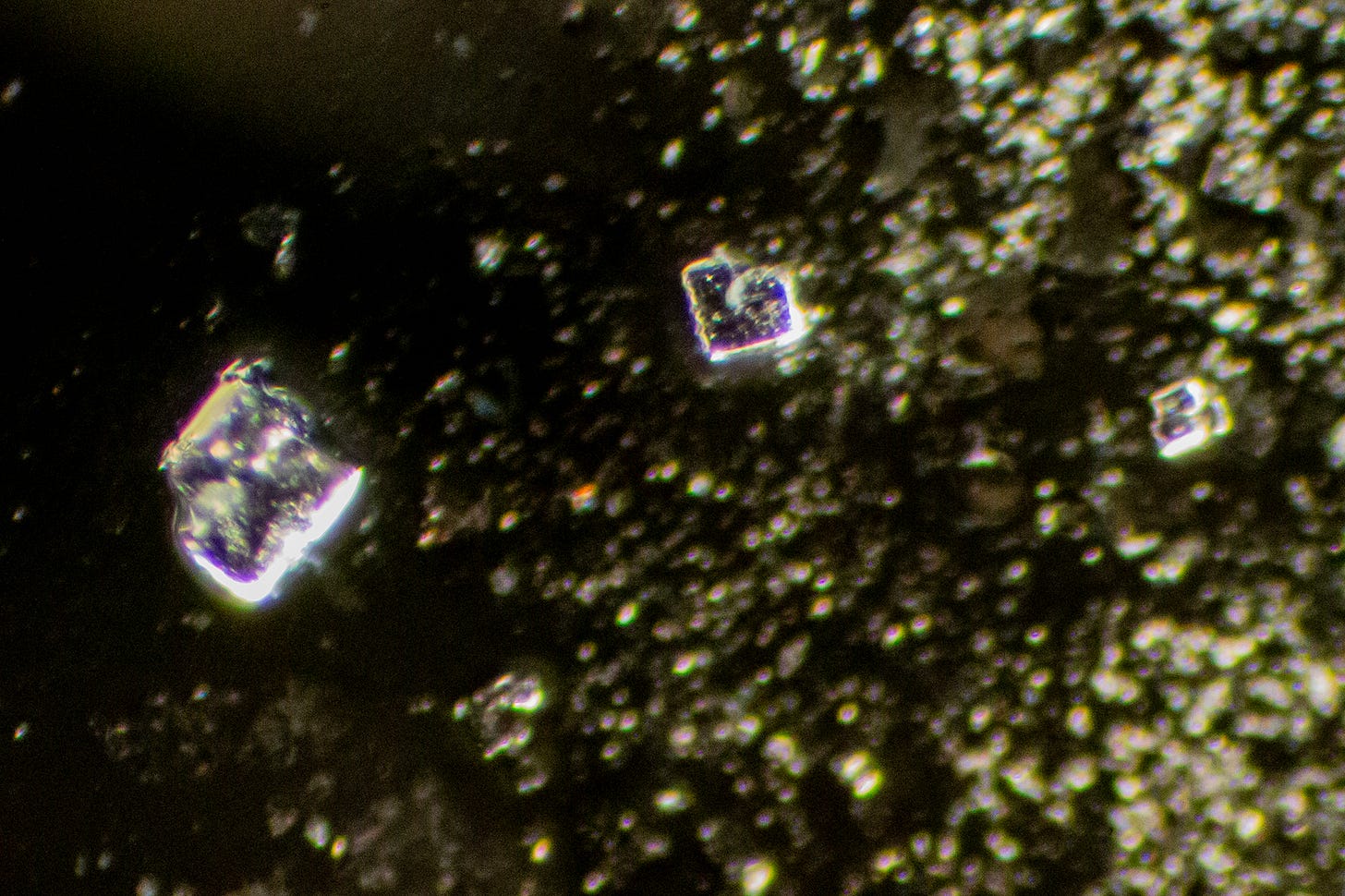
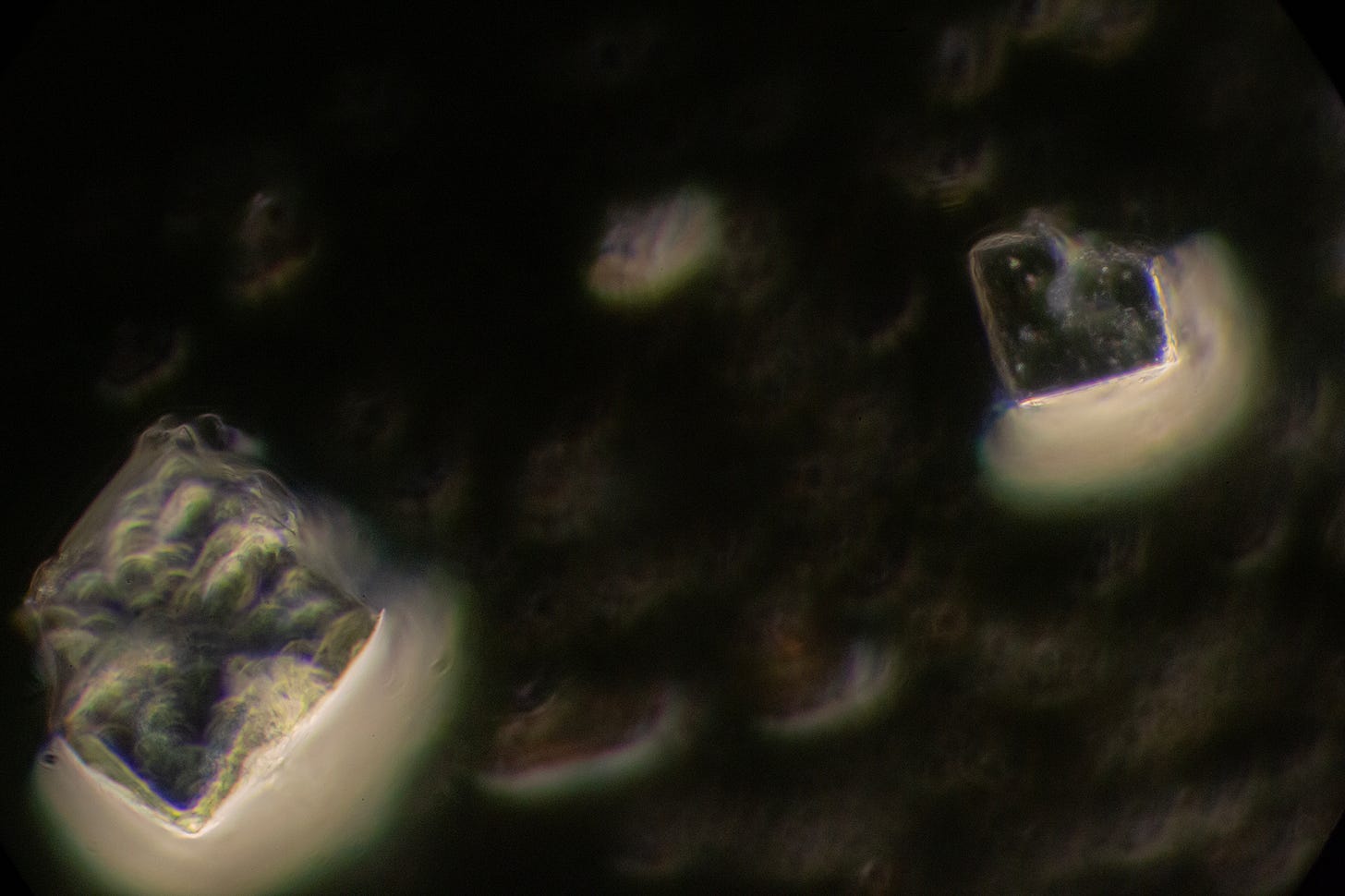
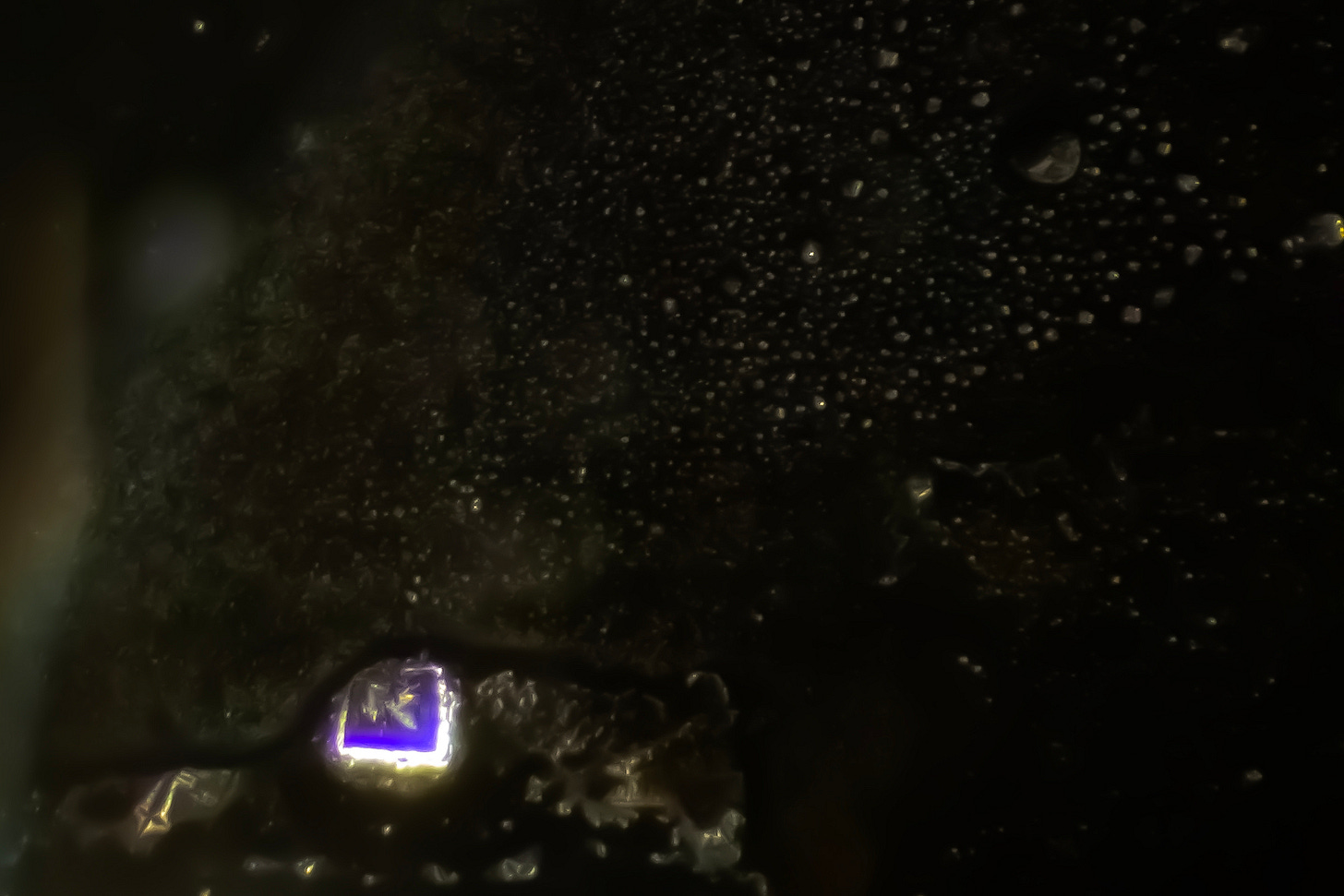
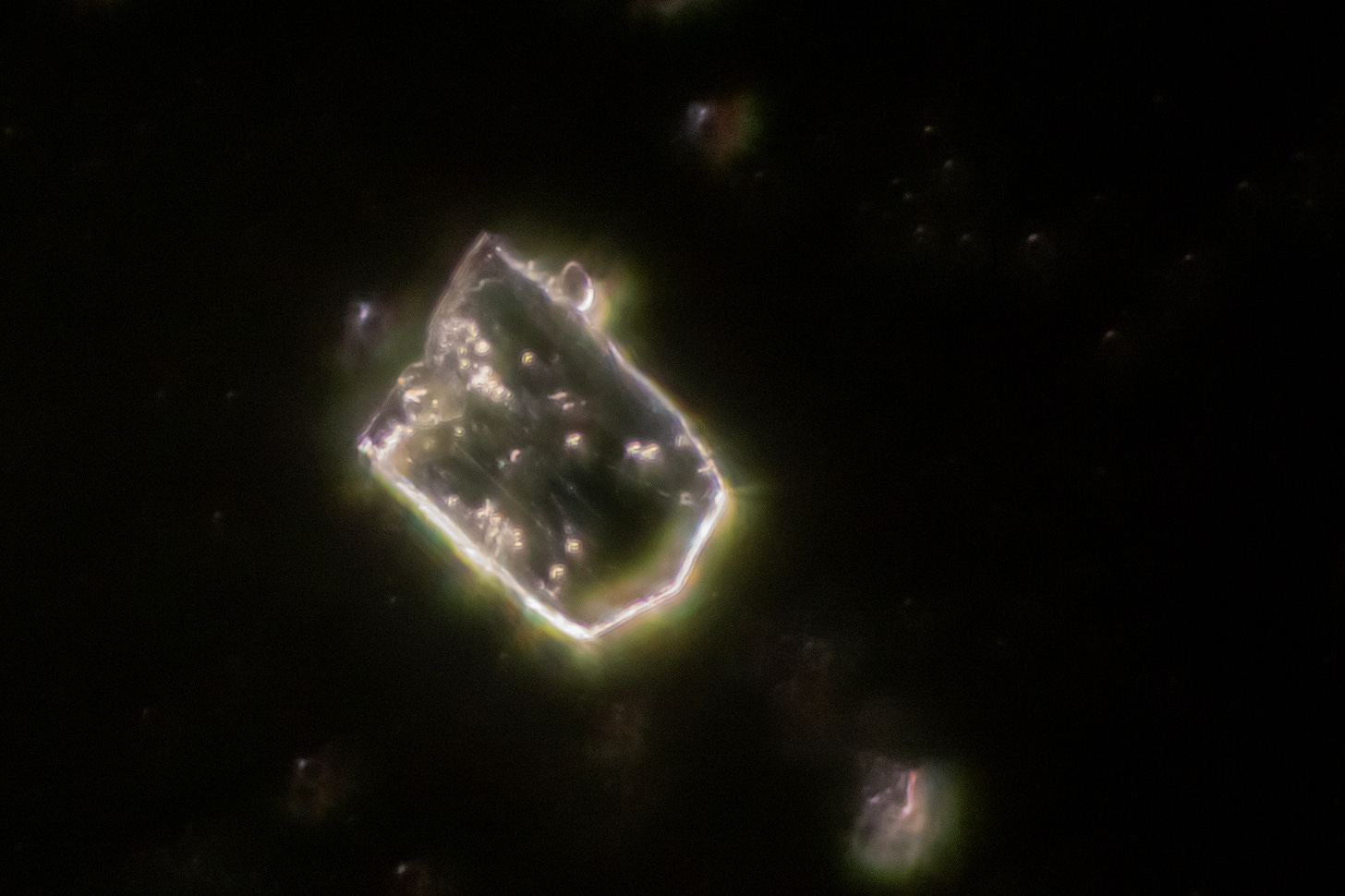
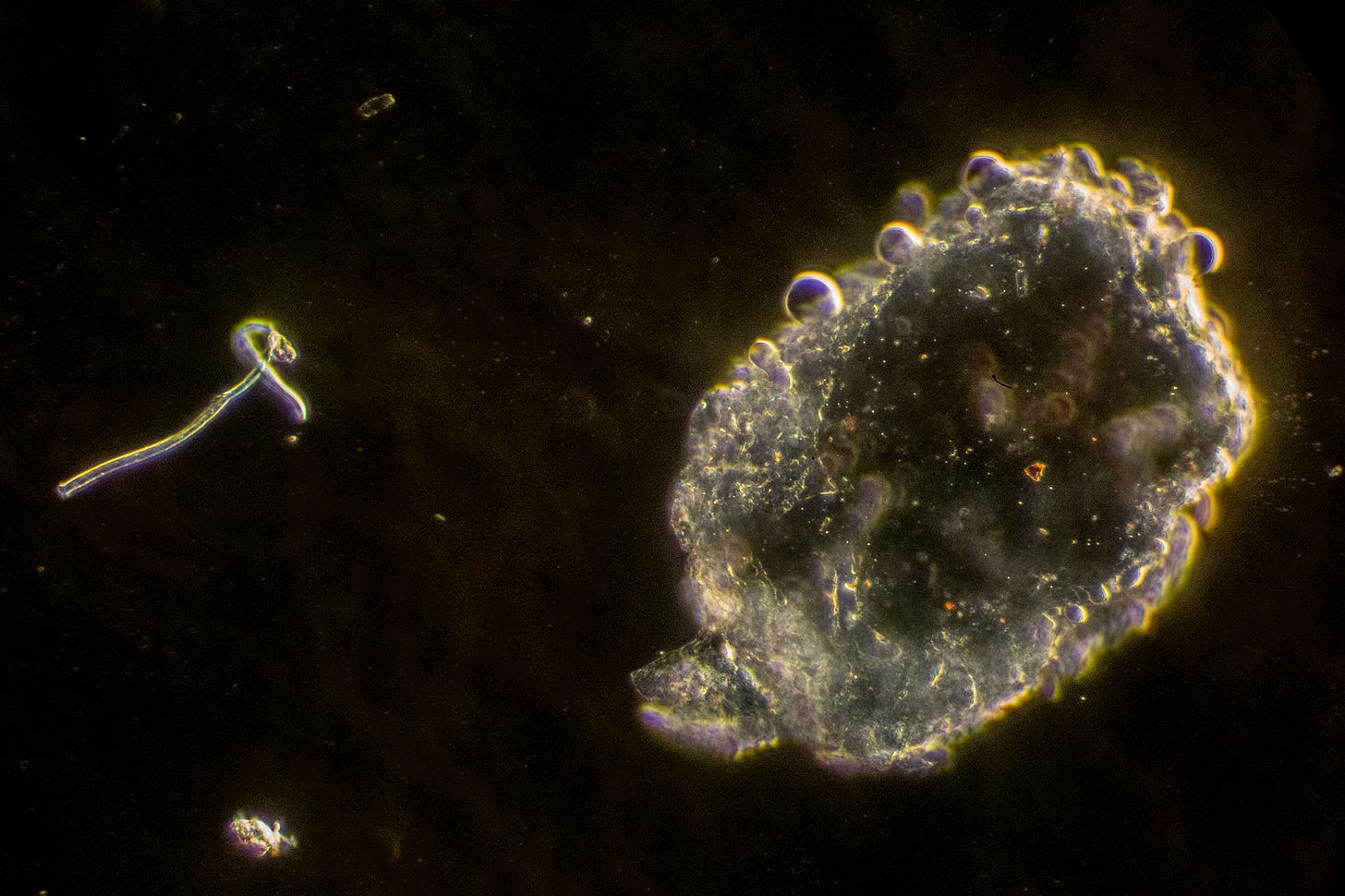
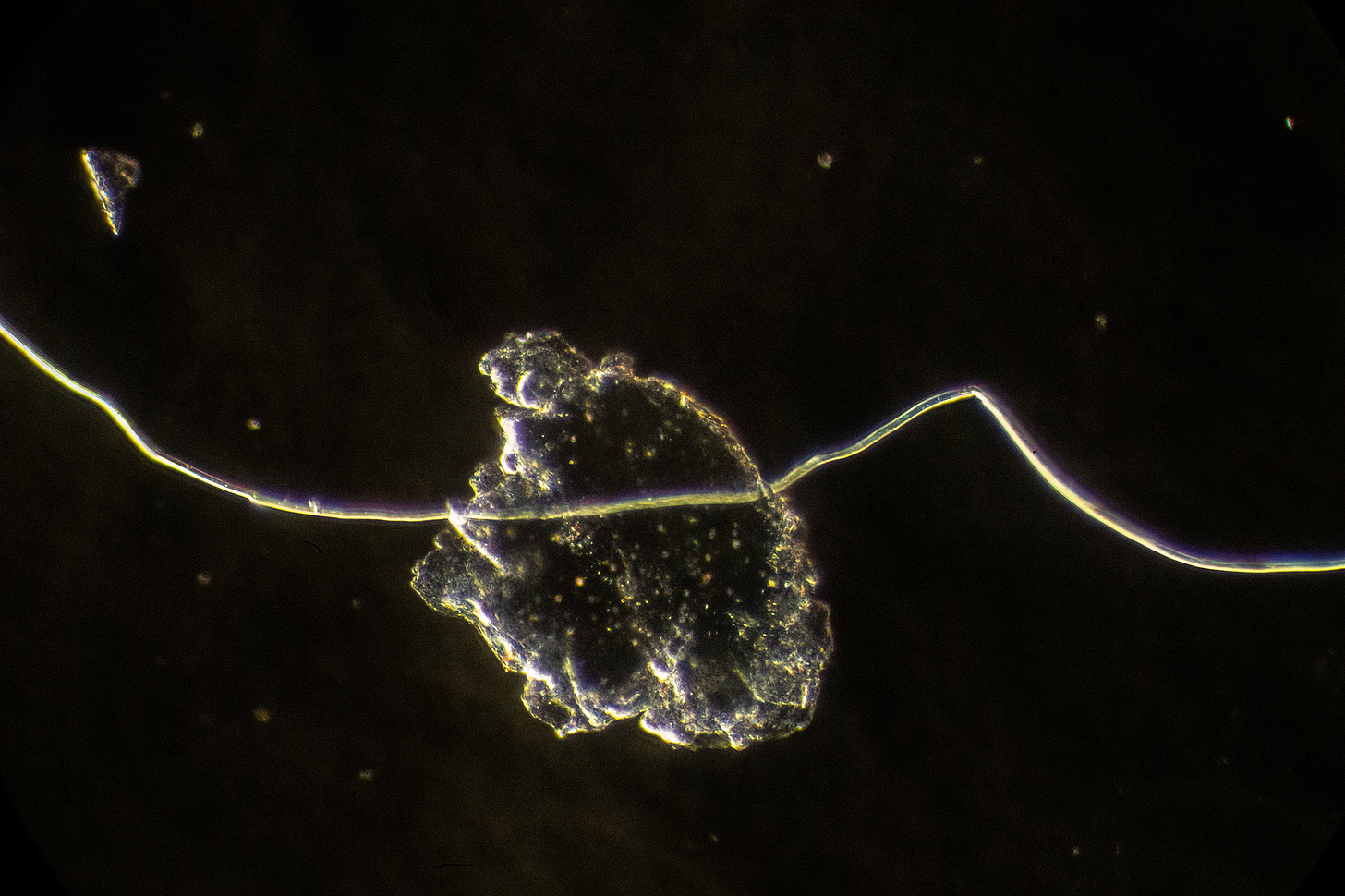
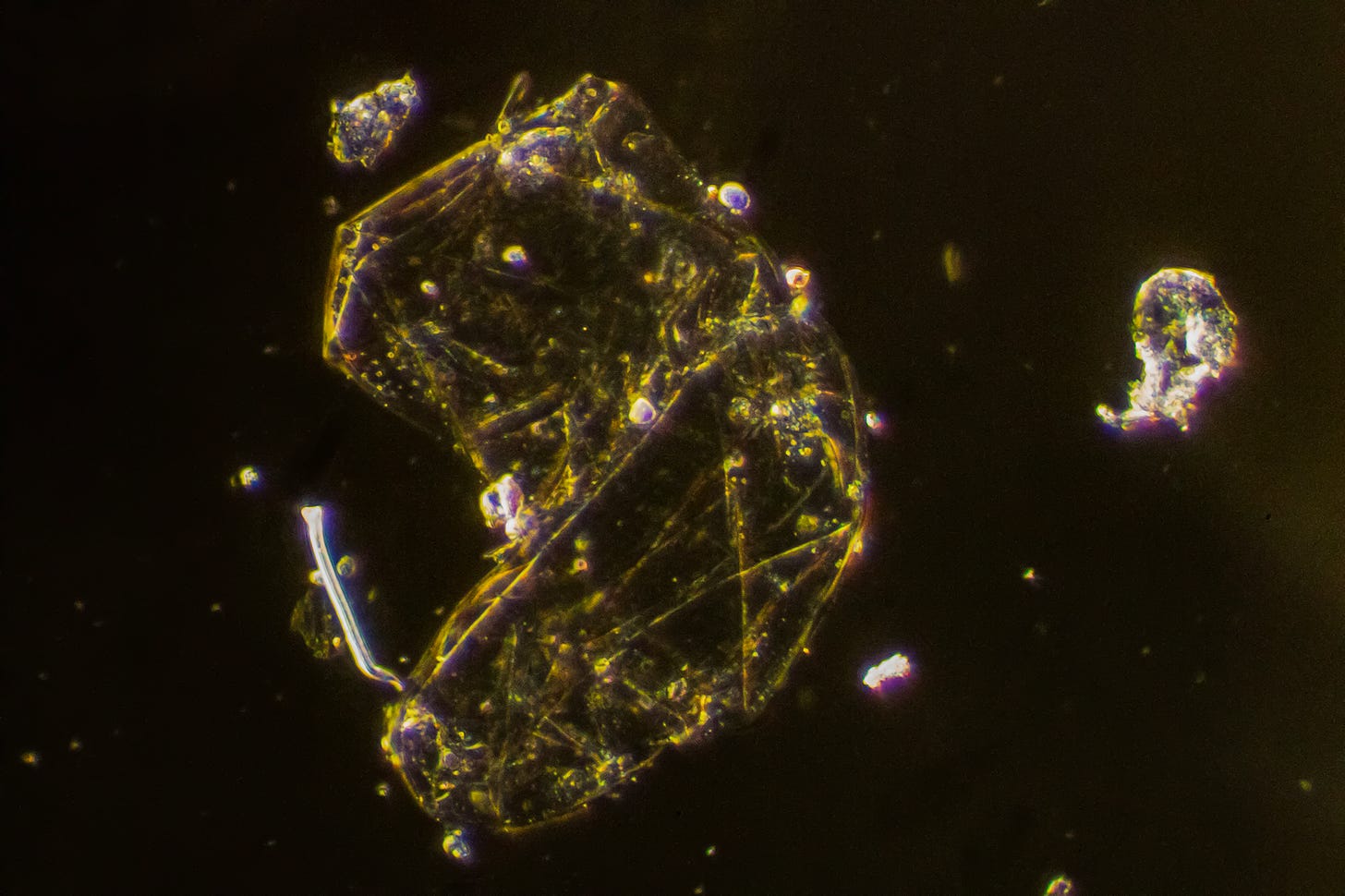
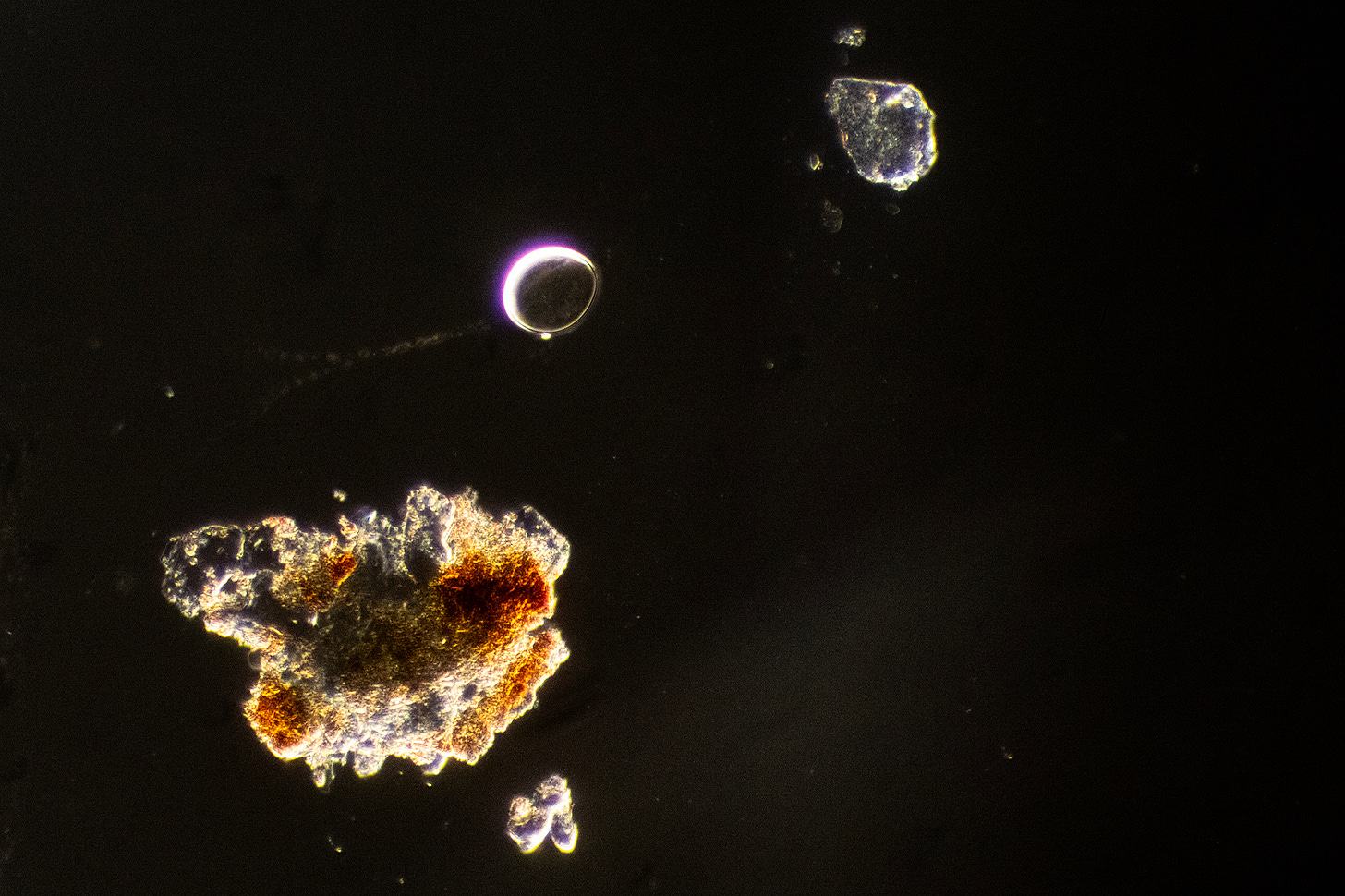
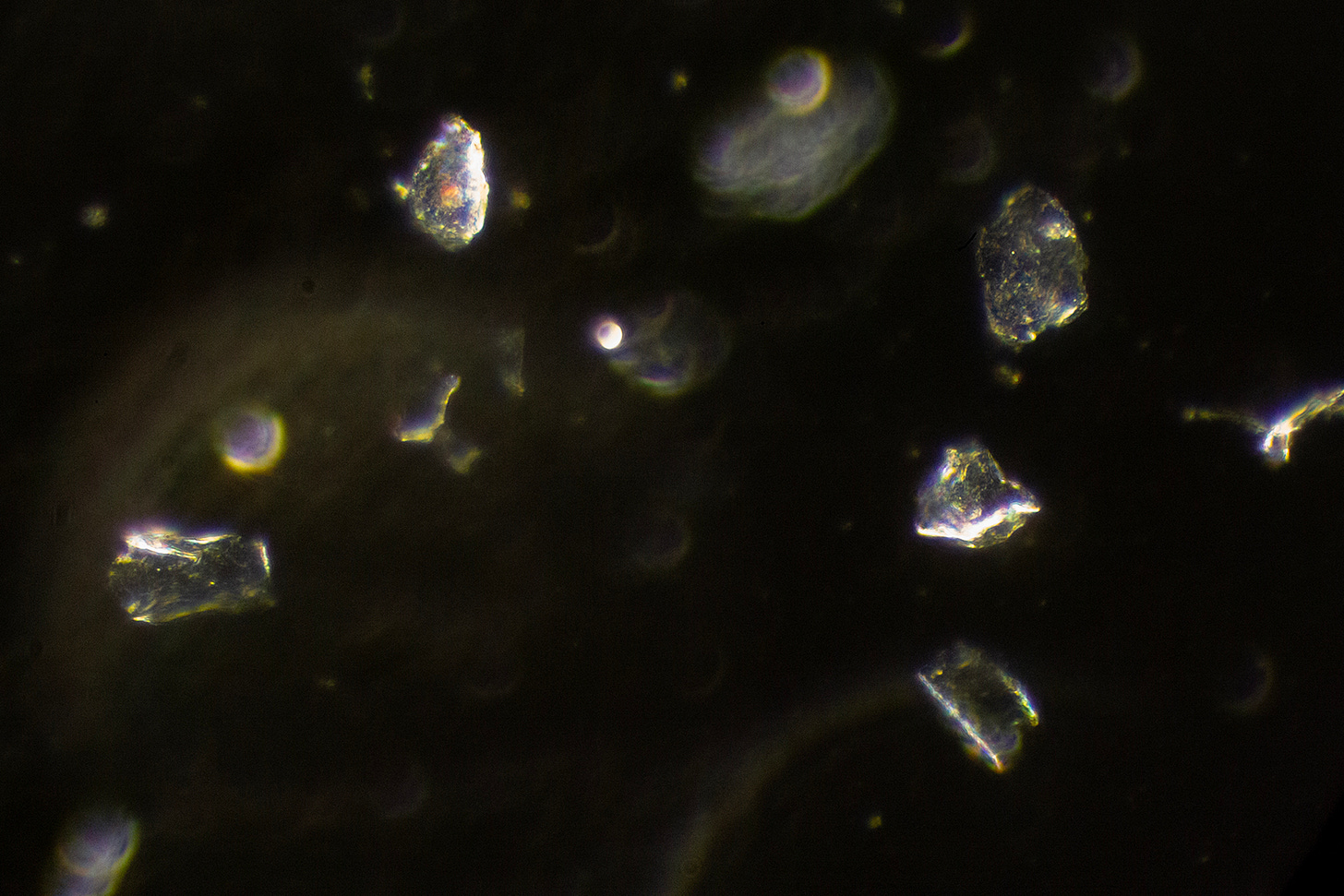
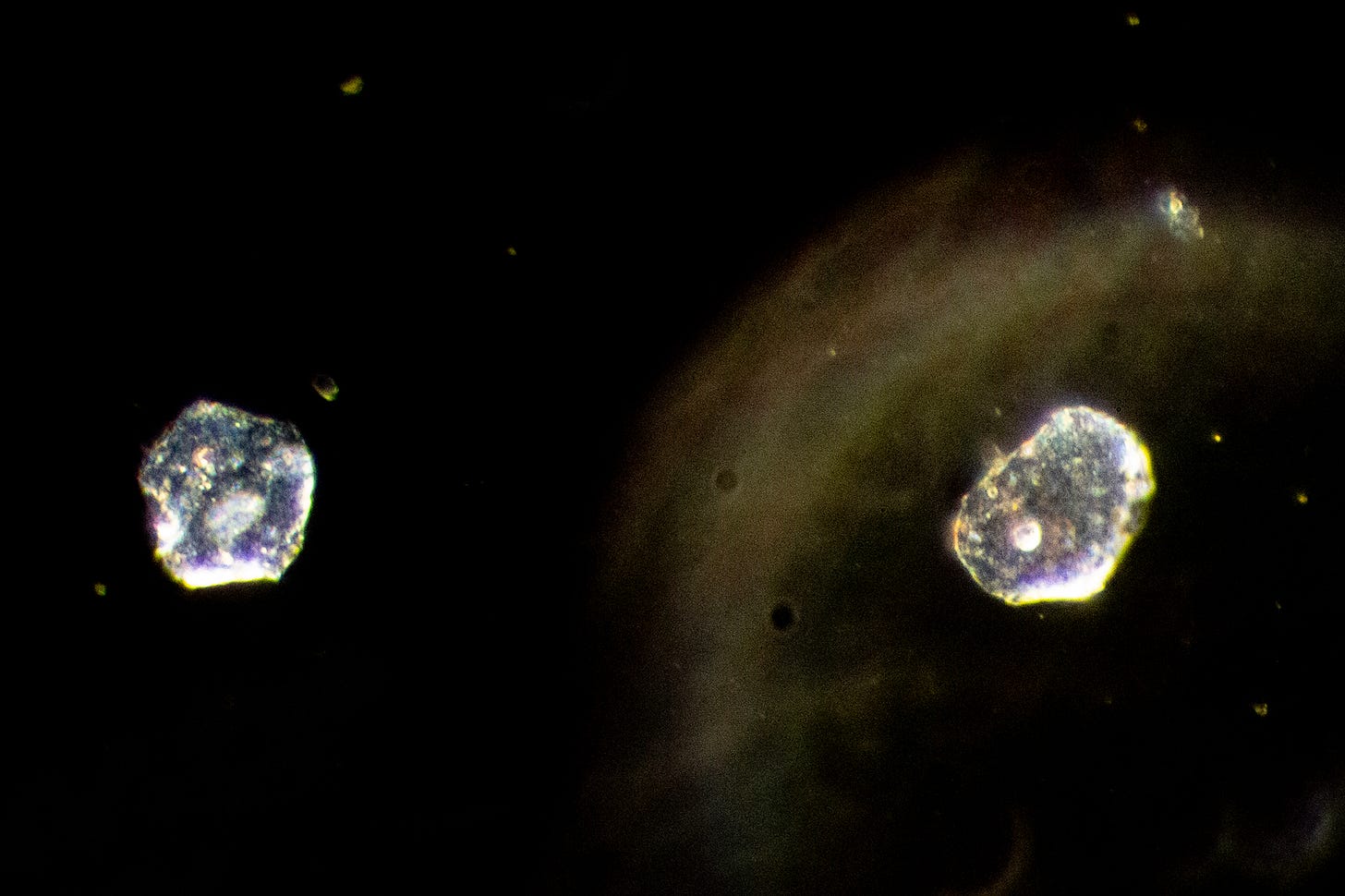



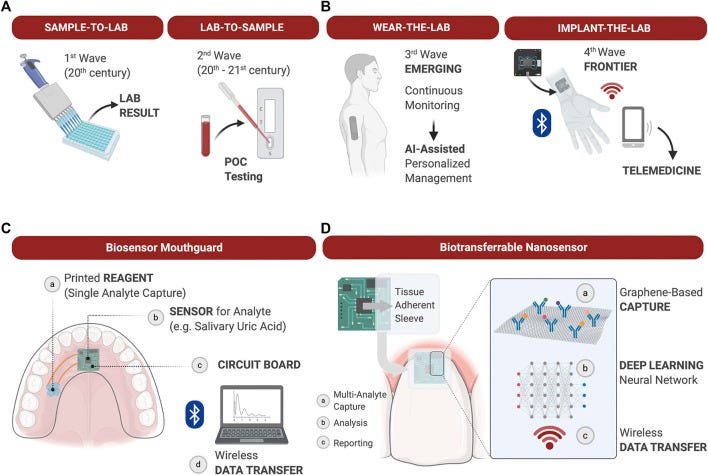




THANK YOU for your VERY IMPORTANT WORK.....!!!!!
Nice work and summing up. Your discussion and approach helps the lay person grasp the process and what's at play.
Personally I was using Zeolite Clay and Coconut oil for a test period, until I found out about Zeolite and how it plays it's part in nano. I also noticed how aggressive clay's can be, they need to be very diluted and very fine. I was struggling for a good mix.